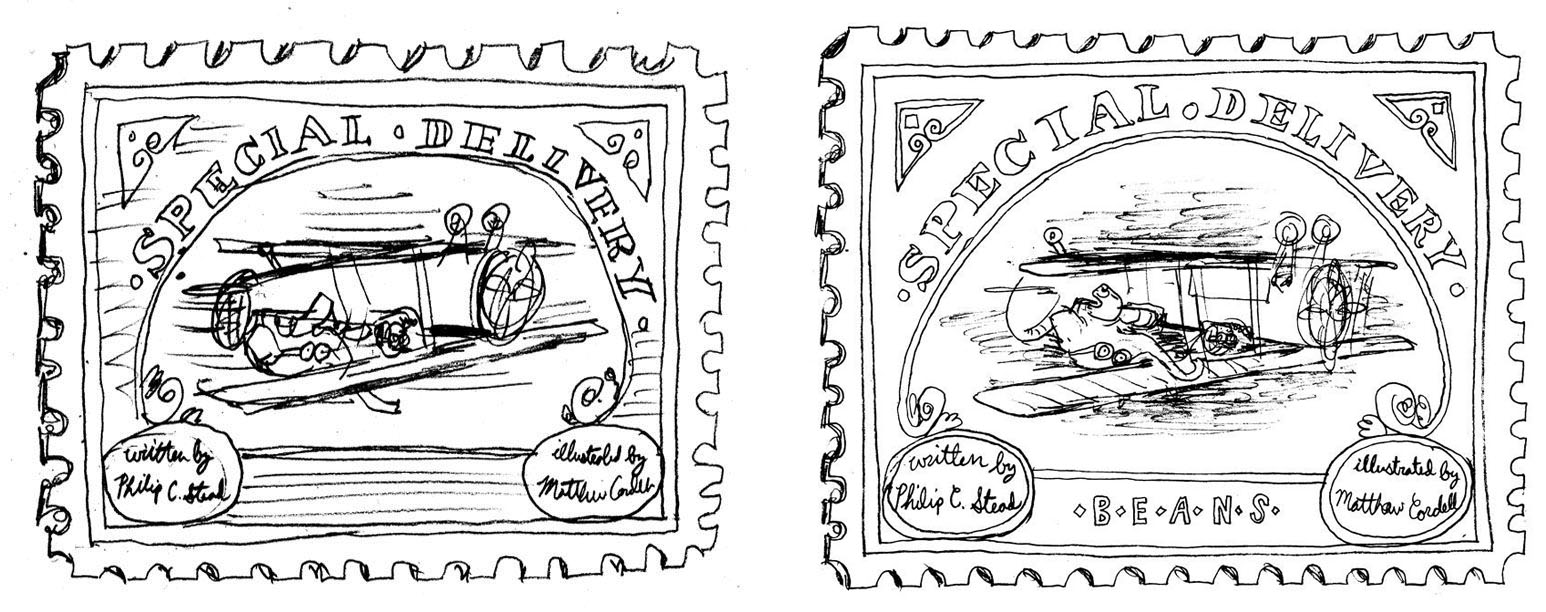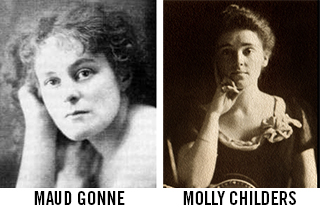My nonfiction story, “The Messenger,” is one of 101 miraculous stories of faith, divine intervention and answered prayers selected from thousands of submissions to be included in the Chicken Soup for the Soul: Touched by an Angel book. Now, that’s a miracle! But it almost didn’t happen because I almost didn’t send my story in.
One might suspect a lack of faith, but my reluctance was born more of a deep desire to avoid yet another rejection. Writers never get used to their work being turned down no matter what positive spin we put on it. Publisher rejections are kind of like getting a speeding ticket. You never quite feel as if you deserve it, but they give it to you anyway and there’s nothing you can do about it.
After I put the finishing touches on “The Messenger,” I pressed the send button and breathed a prayer, asking that my story be well received.
I recall attending a Book and Author Dinner several years ago where I was seated at a table with seven other writers. During the lively conversation that ensued, the topic of rejections came up. Emboldened by a couple of glasses of wine, we decided to conduct a contest to see who had received the worst rejection letter. One guy won hands down with a letter stating, “This rejection is for this manuscript and anything else you may ever write.” Ouch!
I simply didn’t want to go there. Then a friend intervened in the form of a forwarded email containing a Chicken Soup for the Soul request for submissions, a communication I chose to ignore. While still stalled in a state of rejection avoidance, I received another message from a different friend, referring to the Touched by an Angel call for submissions, saying virtually the same thing as my other friend, “Karen, this sounds like you.” It seemed to be a sign. I threw up my hands in surrender. After all, I reminded myself, the Chicken Soup for the Soul books initially struggled to see the light of day, repeatedly rejected by publishers a grand total of 140 times.
In the end, the lure of being a published author and sharing my own angel experience won out over any lingering doubts. After I put the finishing touches on “The Messenger,” I pressed the send button and breathed a prayer, asking that my story be well received.
My friends’ persistence, (or was it my prayer?) paid off and my story made it through to the final round. In mid-September, I held the finished product in my hands—Chicken Soup for the Soul: Touched by an Angel had become a reality—a dream realized.
Up until this point, the process had been all about me, about my story and my acceptance; but on that day, as I opened the book for the first time and leafed through the pages, something shifted within me. Suddenly, I felt a connection and kinship with all the other writers and their miraculous stories, and I had a strong inner-knowing that this book is going to make a profound difference in our collective spiritual lives and those of our readers. I’m grateful to be a contributor to the book and for the guidance I received from my messenger.
Prepare to be awed and inspired by 101 stories from people who have been touched by an angel, including these:
• John and Mary prayed for a highway angel when their motor coach broke down in an isolated area in the desert with no cell phone reception. Their prayers were answered in an unusual way.
• Kimberly’s grandmother and a mysterious adviser acted as her guardian angels, shielding her from harm and unwise decisions.
• A drowning boy rises from the pool with his arm held aloft and his hand clasped around the invisible hand that pulled him up through the water.
• When Linda was in the hospital in unbearable pain, a lady stayed with her, doing all she could to help despite the fact that she shouldn’t have been there in the first place and no one else saw her.
• Catherine’s parents, her doctor and the hospital tried to find the man who showed up on her doorstep one blustery night to save her life. They never found him.
• When a van made a left turn directly in front of Jan’s car, divine intervention was the only explanation for her survival.
In each angelic encounter, the message of hope, peace and love is the common thread binding our hearts and souls as one and reminding us to, “Be calm. Don’t worry; everything is going to be all right. Remember that you’re not alone.”
I know that the encouraging, prophetic words I received from a stranger in Jesup, Georgia in 1988 were not just for me, but for everyone—for now, for always, in all ways—“You are in good hands.”
Karen Trotter Elley is a freelance writer whose work has appeared in newspapers and magazines, including the Christian Science Monitor, the Seattle-Post Intelligencer, the Tennessean and the Toledo Blade. For more than 12 years, she was on the staff of BookPage as a production designer and writer. Karen lives in Nashville with her husband Michael. Chicken Soup for the Soul: Touched by an Angel is her first book contribution.






 Matthew Cordell, illustrator
Matthew Cordell, illustrator


 Philip C. Stead, author
Philip C. Stead, author





 I realized Maeve was a mythological figure, but I’d learned that the Irish often made myths of their history and history of their myths, so making distinctions seemed less important than exploring the women who existed in the collective imagination of Ireland—goddesses and abbesses, saints and scholars, poets and queens. Many were listed in medieval Irish manuscripts in sections entitled “Ban Senchus,” a kind of “Let-us-now-praise-famous-women” litany that inspired me to look for such figures in my own life past and present.
I realized Maeve was a mythological figure, but I’d learned that the Irish often made myths of their history and history of their myths, so making distinctions seemed less important than exploring the women who existed in the collective imagination of Ireland—goddesses and abbesses, saints and scholars, poets and queens. Many were listed in medieval Irish manuscripts in sections entitled “Ban Senchus,” a kind of “Let-us-now-praise-famous-women” litany that inspired me to look for such figures in my own life past and present. Nora finds that the female figures in early Irish literature inspired these women to leave behind the assumptions of their privileged backgrounds and join the struggle for Irish independence and women’s rights. She becomes part of a sisterhood that includes poets such as Ethna Carbery and Alice Milligan, along with a range of activists, suffragists and labor leaders, as well as a crippled American woman, Molly Childers, who sailed a load of guns past the British naval blockade in 1914 to arm Irish volunteers. There is not a sad sack among them.
Nora finds that the female figures in early Irish literature inspired these women to leave behind the assumptions of their privileged backgrounds and join the struggle for Irish independence and women’s rights. She becomes part of a sisterhood that includes poets such as Ethna Carbery and Alice Milligan, along with a range of activists, suffragists and labor leaders, as well as a crippled American woman, Molly Childers, who sailed a load of guns past the British naval blockade in 1914 to arm Irish volunteers. There is not a sad sack among them.




